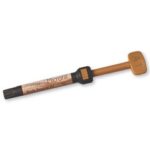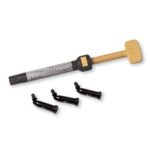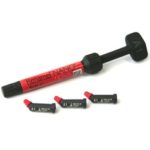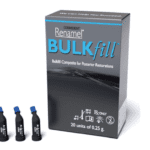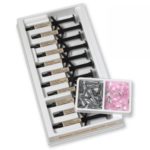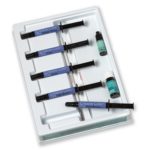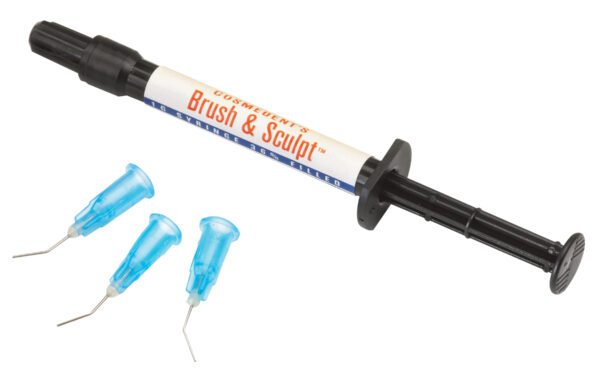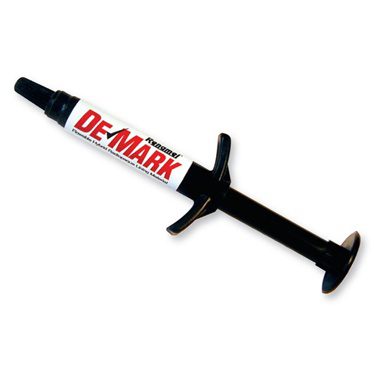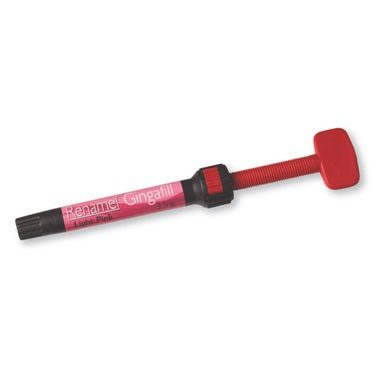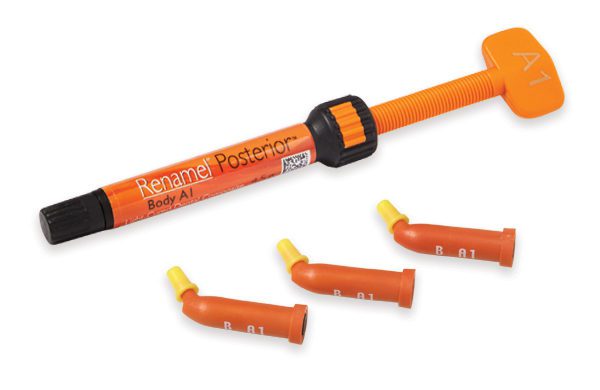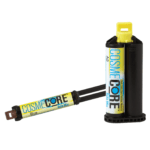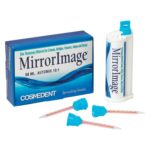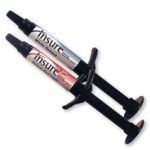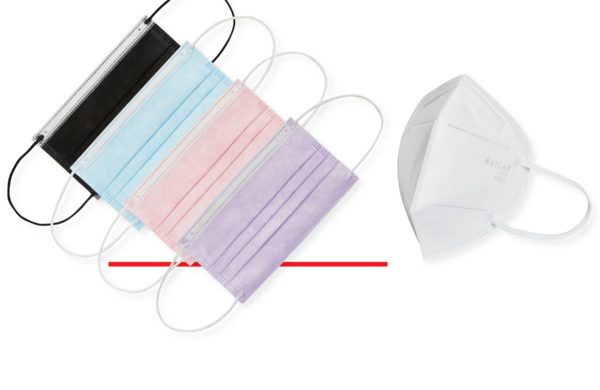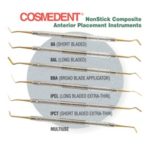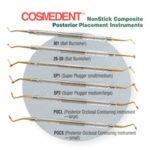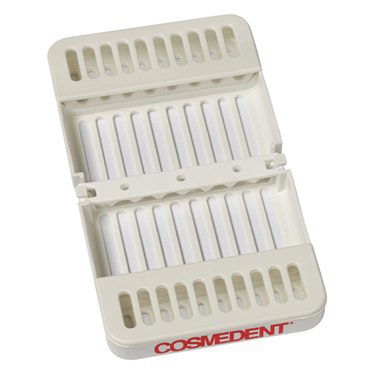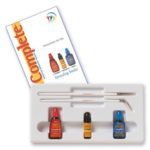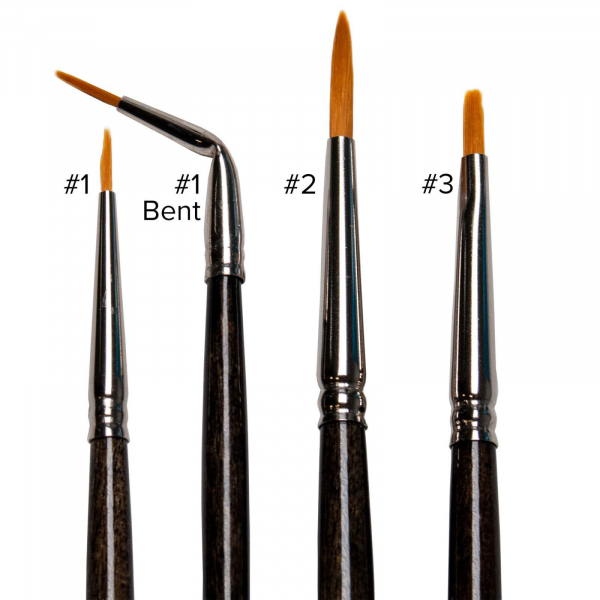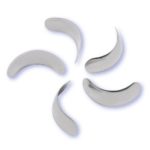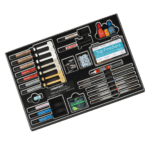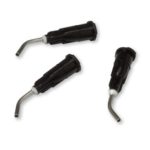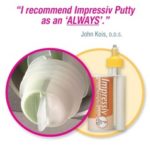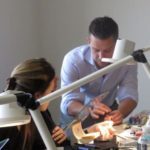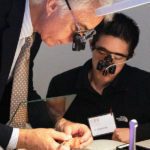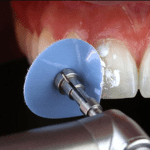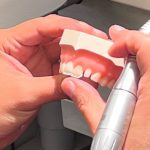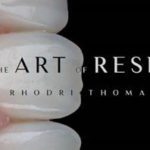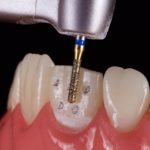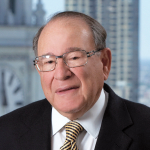- Composites
-
-
Composites
Dental Composite materials for direct anterior and posterior composite bonding.
-
-
-
-
Continuing Education: Get the most from our Composite products by taking one of our Continuing Education Courses. View Courses
-
-
- Finishing & Polishing
-
-
Finishing & Polishing
Finishing and polishing materials for composites, porcelain, metal, gold and natural teeth.
-
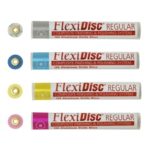 FlexiDisc Dental Polishing Discs
FlexiDisc Dental Polishing Discs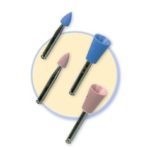 Dental Polishing Cups, Burs & Points
Dental Polishing Cups, Burs & Points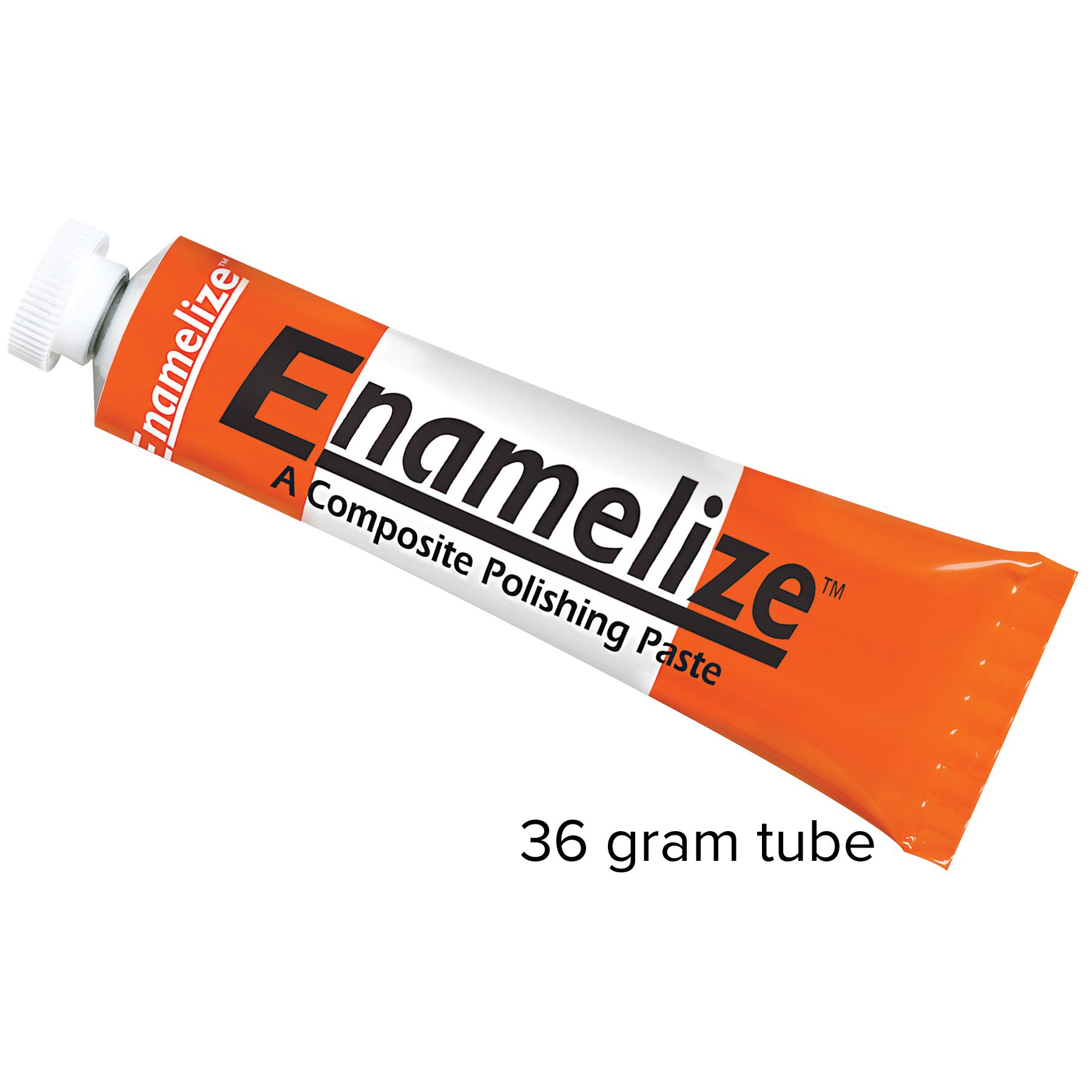 Enamelize Dental Polishing Paste
Enamelize Dental Polishing Paste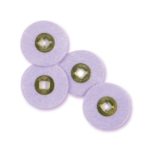 FlexiBuffs
FlexiBuffs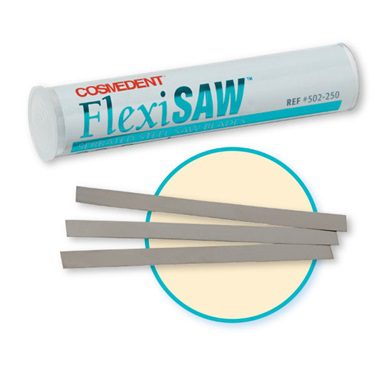 FlexiSAW
FlexiSAW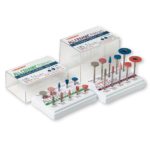 All Ceramic Polisher
All Ceramic Polisher FlexiStrips Dental Polishing Strips
FlexiStrips Dental Polishing Strips FlexiDiamond Strips
FlexiDiamond Strips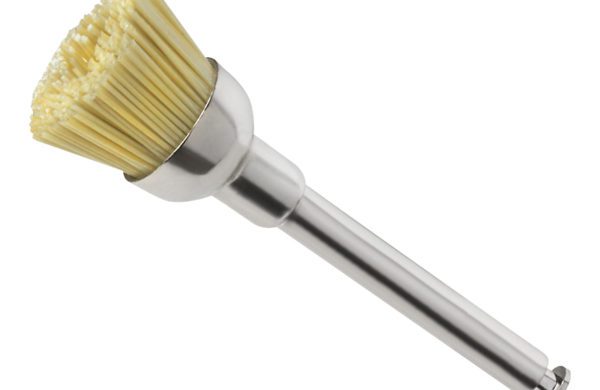 FlexiBrush Dental Polishing Brush
FlexiBrush Dental Polishing Brush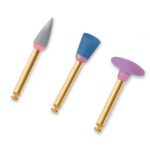 NANO / Microhybrid Diamond Polishers
NANO / Microhybrid Diamond Polishers Porcelize - Porcelain Polishing & Finishing Paste
Porcelize - Porcelain Polishing & Finishing Paste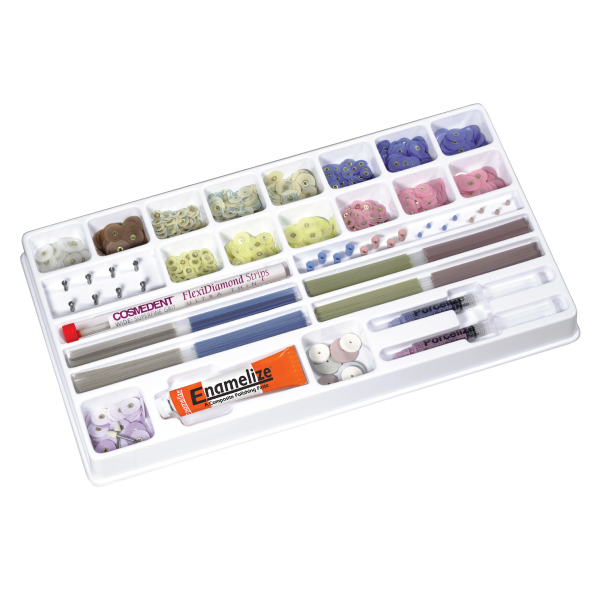 Top Finisher System
Top Finisher System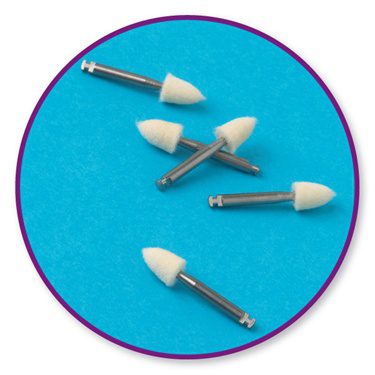 Felt FlexiPoints
Felt FlexiPoints
-
-
-
-
Continuing Education: Get the most from our Composite products by taking one of our Continuing Education Courses. View Courses
-
-
- Core & Temp
-
-
-
Continuing Education: Get the most from our Composite products by taking one of our Continuing Education Courses. View Courses
-
- Resin Cement
-
-
-
Resin Cements
-
-
-
-
-
-
Continuing Education: Get the most from our Composite products by taking one of our Continuing Education Courses. View Courses
-
-
-
- Accessories
-
-
Accessory Products
Complete your esthetic dentistry toolkit with these helpful accessories.
-
-
-
-
Continuing Education: Get the most from our Composite products by taking one of our Continuing Education Courses. View Courses
-
-
- Education
-
-
Continuing Education
Learn all of the composite dentistry that you may be missing in your practice and how doing more of it can benefit you financially and professionally.
-
-
Quick Post and Core Technique to Save Time
In this tip of the month, Dr. Bob Margeas uses COSMECORE™ for a core and post buildup to replace an old crown that fell out of an octogenarian patient. The existing build-up had deteriorated, leaving minimal tooth structure intact. Dr. Margeas aptly terms this challenging scenario as “hero-adonics.”
In contemplating the treatment approach, Dr. Margeas considers the age of the patient. For a younger individual, the decision to salvage the compromised tooth might not be as straightforward. However, he believes that if he can get a good core and post in the tooth, along with a well-established ferrule, the potential for long-term success can be substantial.
Dr. Margeas opts against subjecting the patient to the complexities of crown lengthening. He emphasized that while there might be some minimal impingement on the biological width of the post, it wouldn’t be substantial enough to warrant such an invasive procedure as crown lengthening.
Dr. Margeas proceeds to clean out the decay and remove the compromised tissue. Typically, in similar cases, Dr. Margeas would follow this protocol – bonding the post in, re-etching, and reapplying adhesive. In this case, Dr. Margeas etches the tooth, applies adhesive into the canal, and uses COSMECORE for the resin cement.
He emphasizes selecting an adhesive with less acidity, typically favoring fourth-generation adhesives like All-Bond, Scotchbond Multipurpose, or OptiBond FL. Dr. Margeas uses Cosmedent Complete Adhesive with the Complete Dual-cure Catalyst added in this case. It acts as a dual-cure adhesive, even in the absence of direct light exposure.
Dr. Margeas directly injects COSMECORE into the canal space and places a titanium post. A fiber post could also be used. He then injects COSMECORE around the post, stacking the non-slumping material. COSMECORE can be light-cured up to 7 mm.
In preparation for the crown, Dr. Margeas has limited ferrule on the facial aspect. He decides to create an impression to capture the margin and sends that to the lab. Having nothing to go by, he free-hands a posterior crown using MirrorImage. The patient leaves the office and will return in a couple of weeks to have the crown seated.
